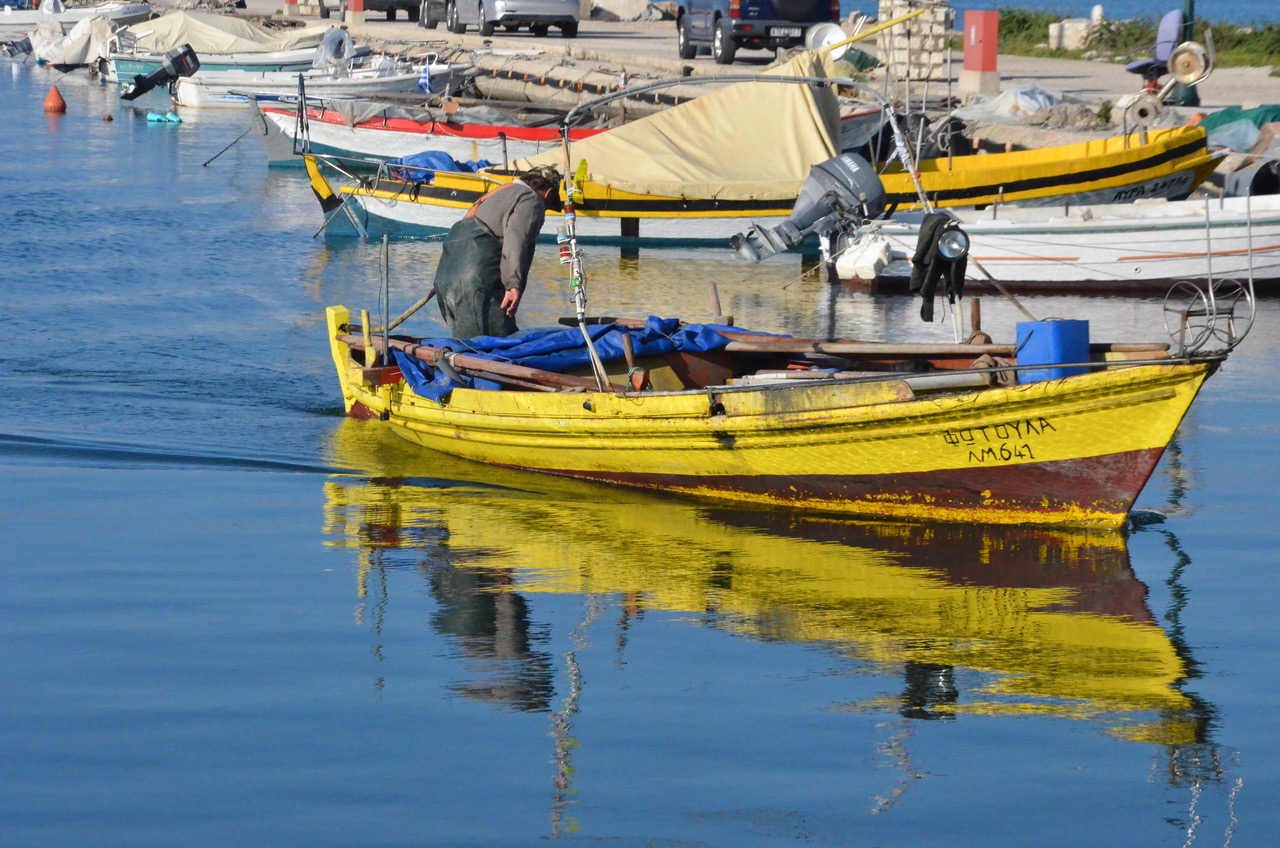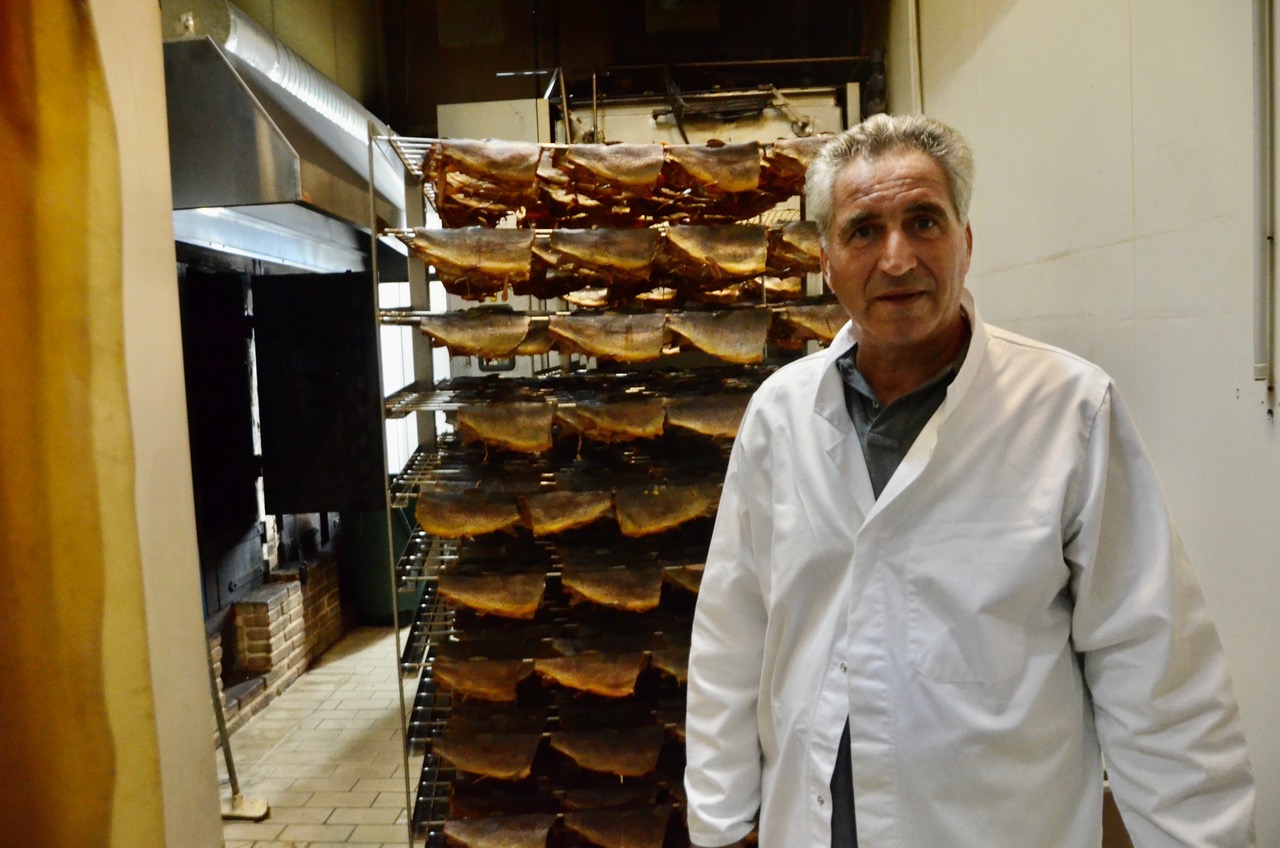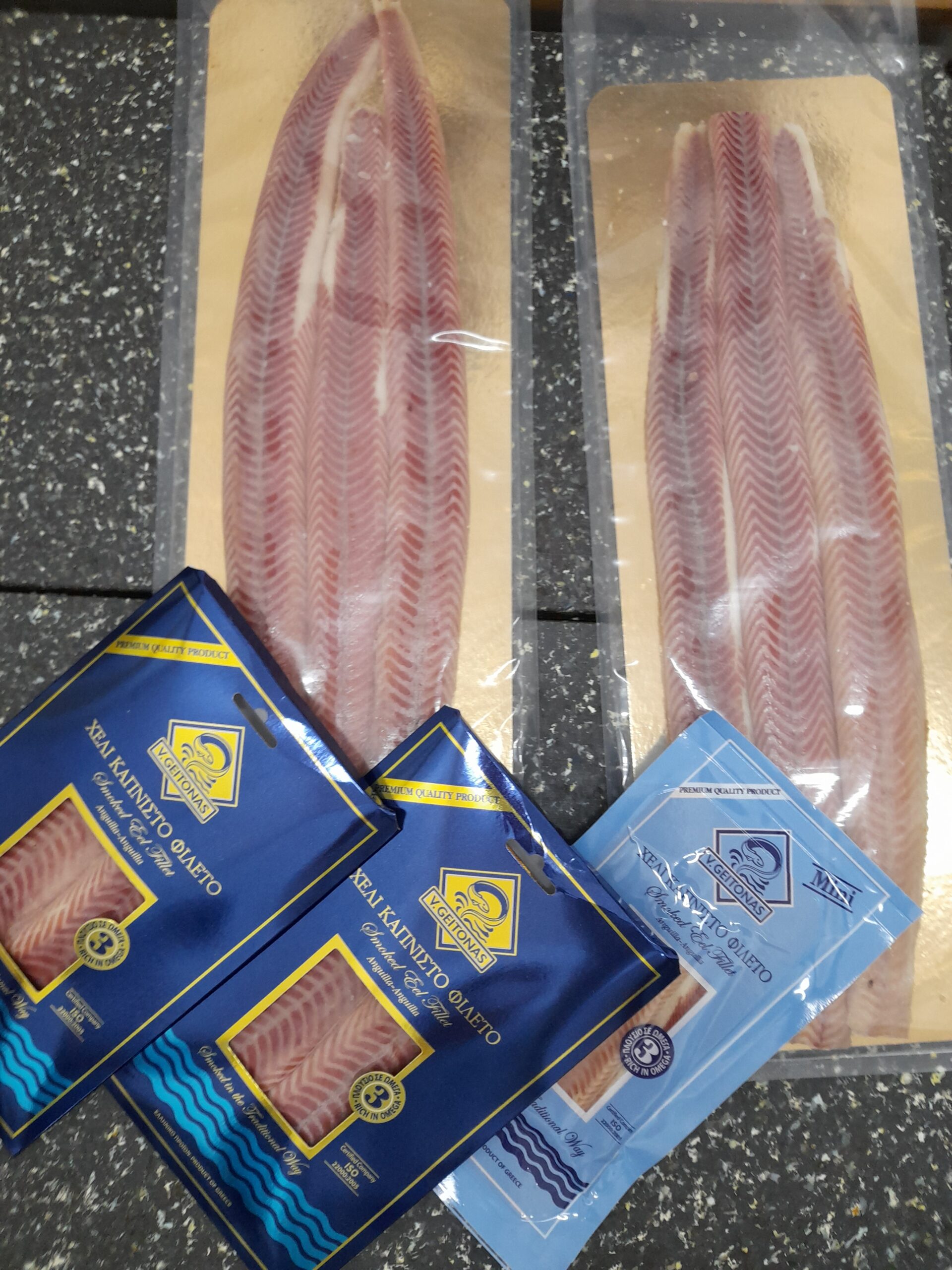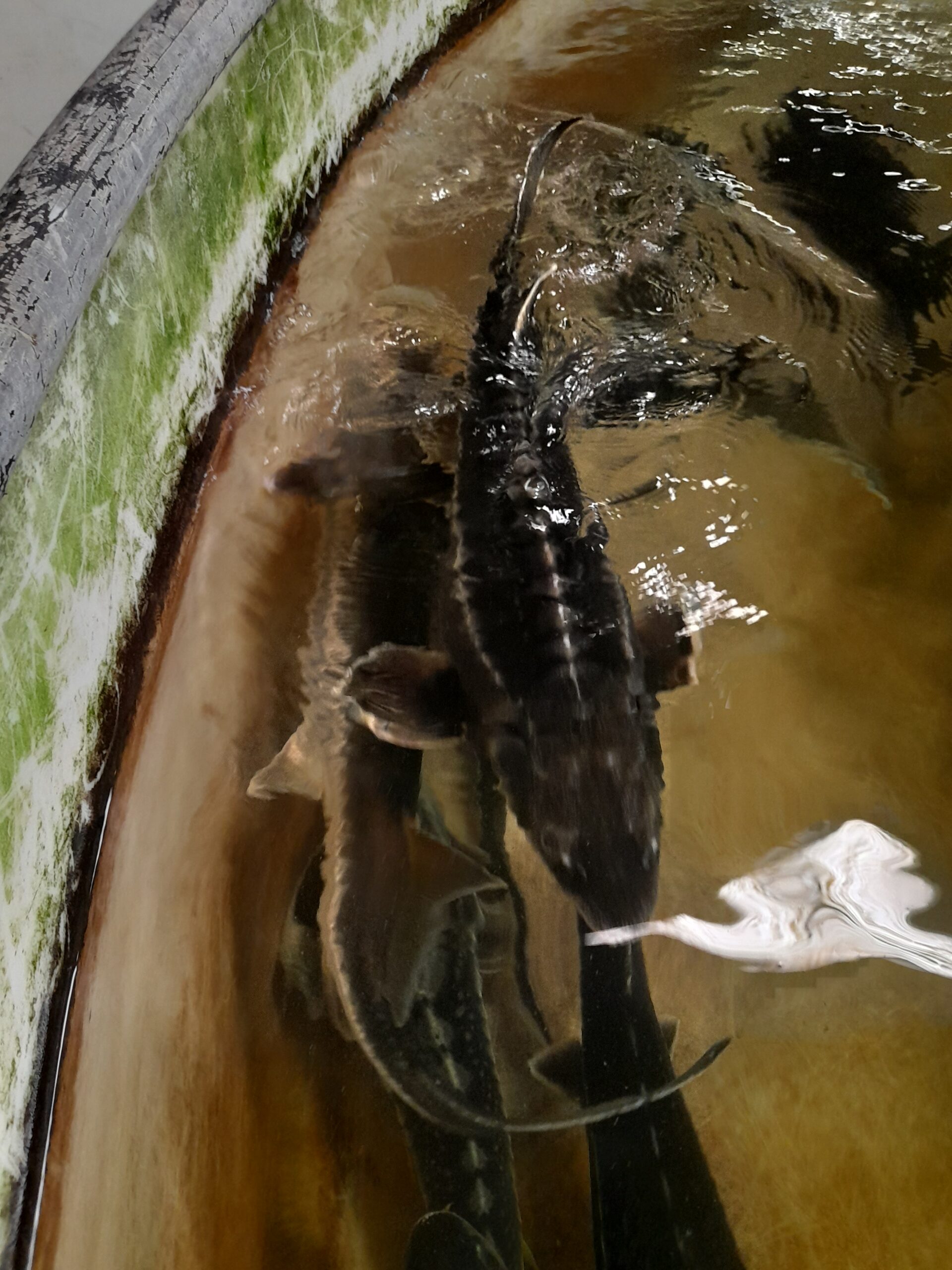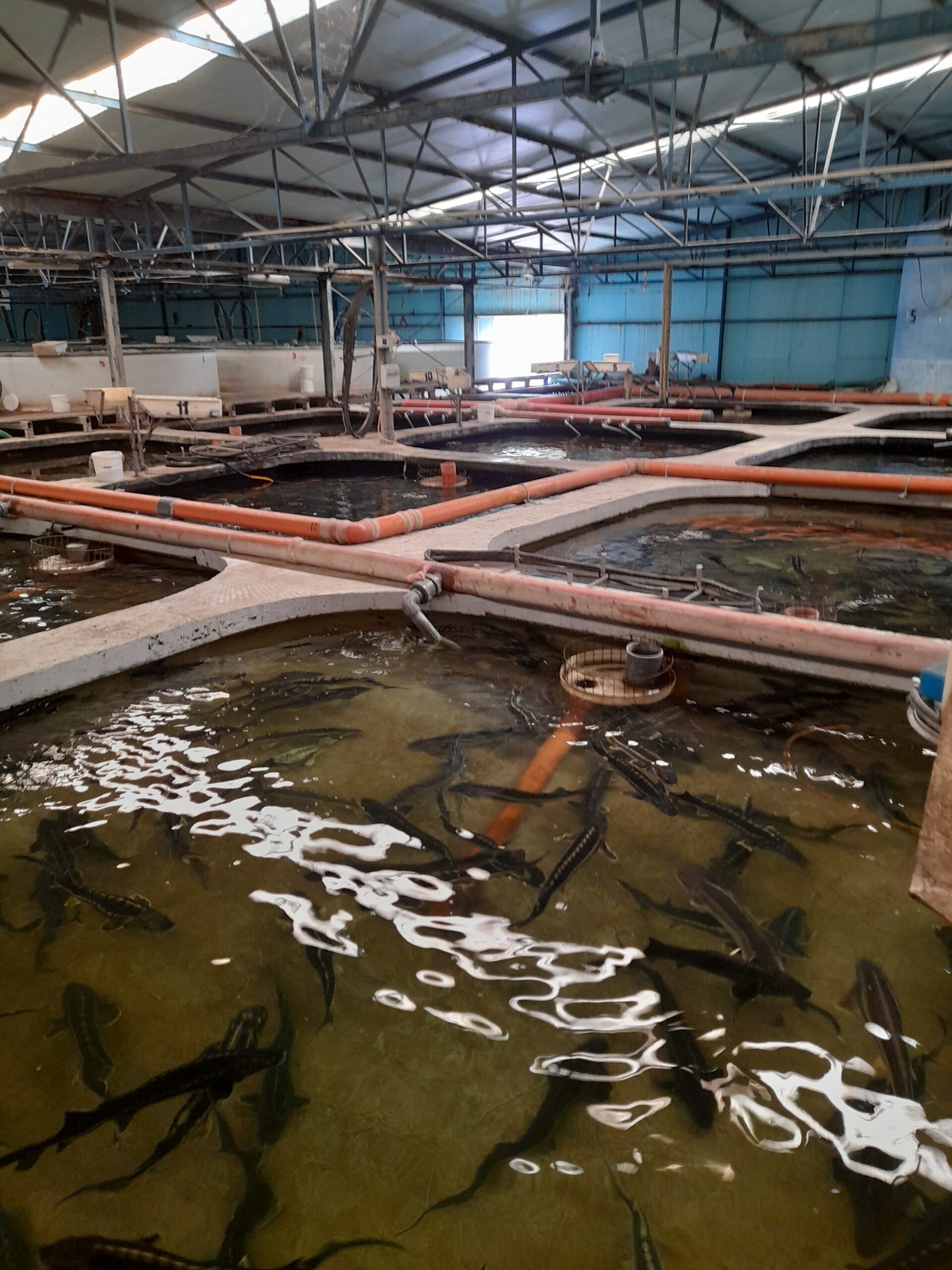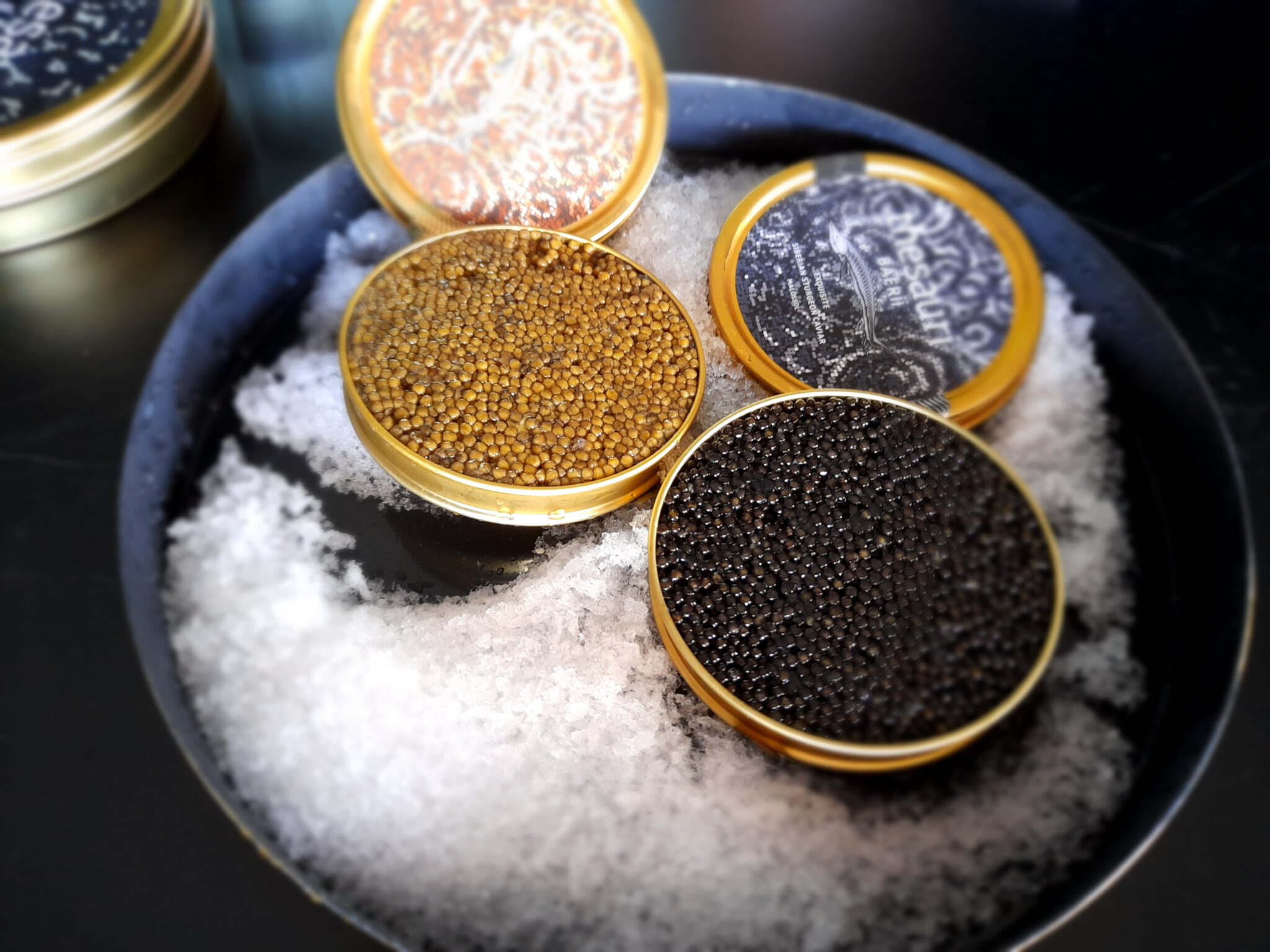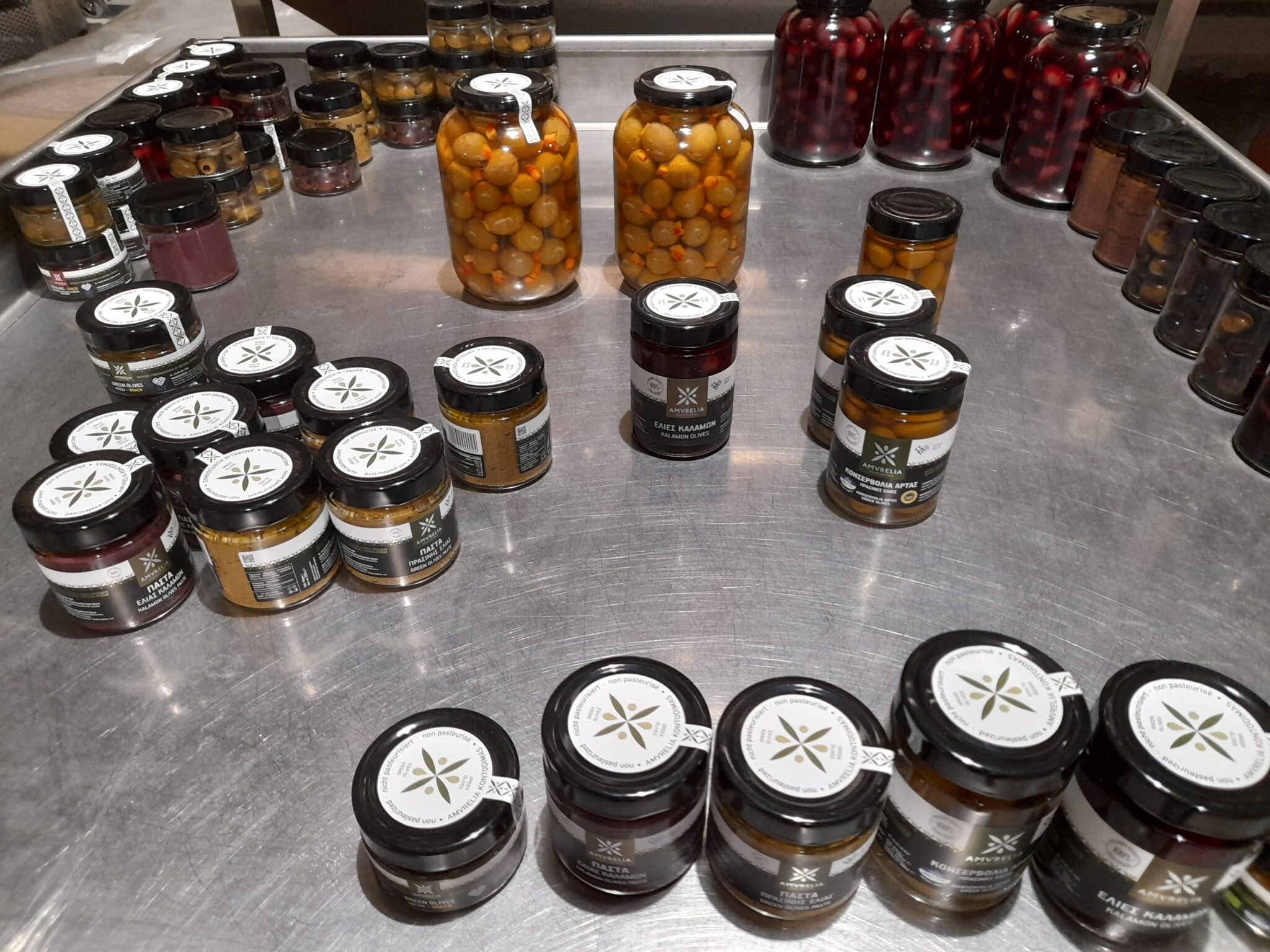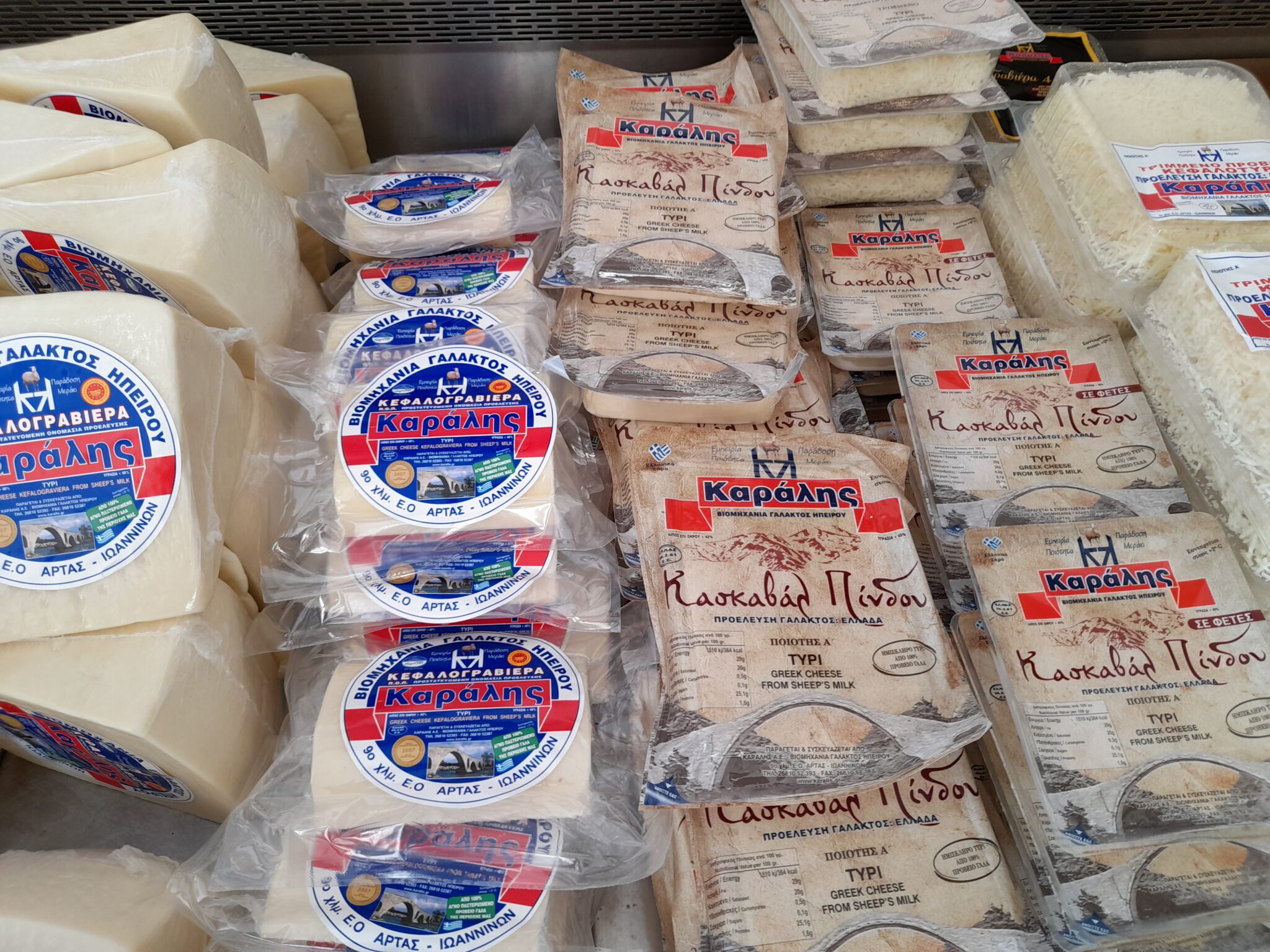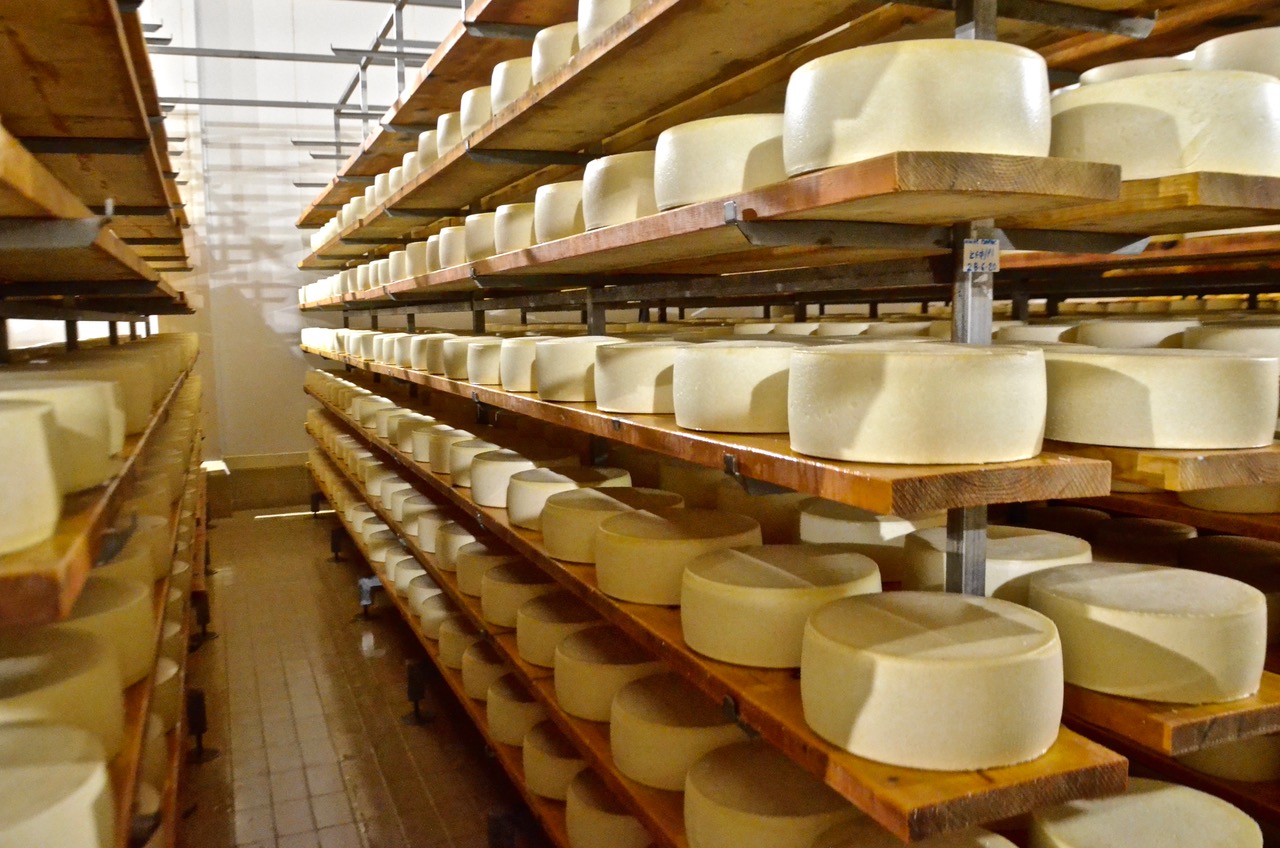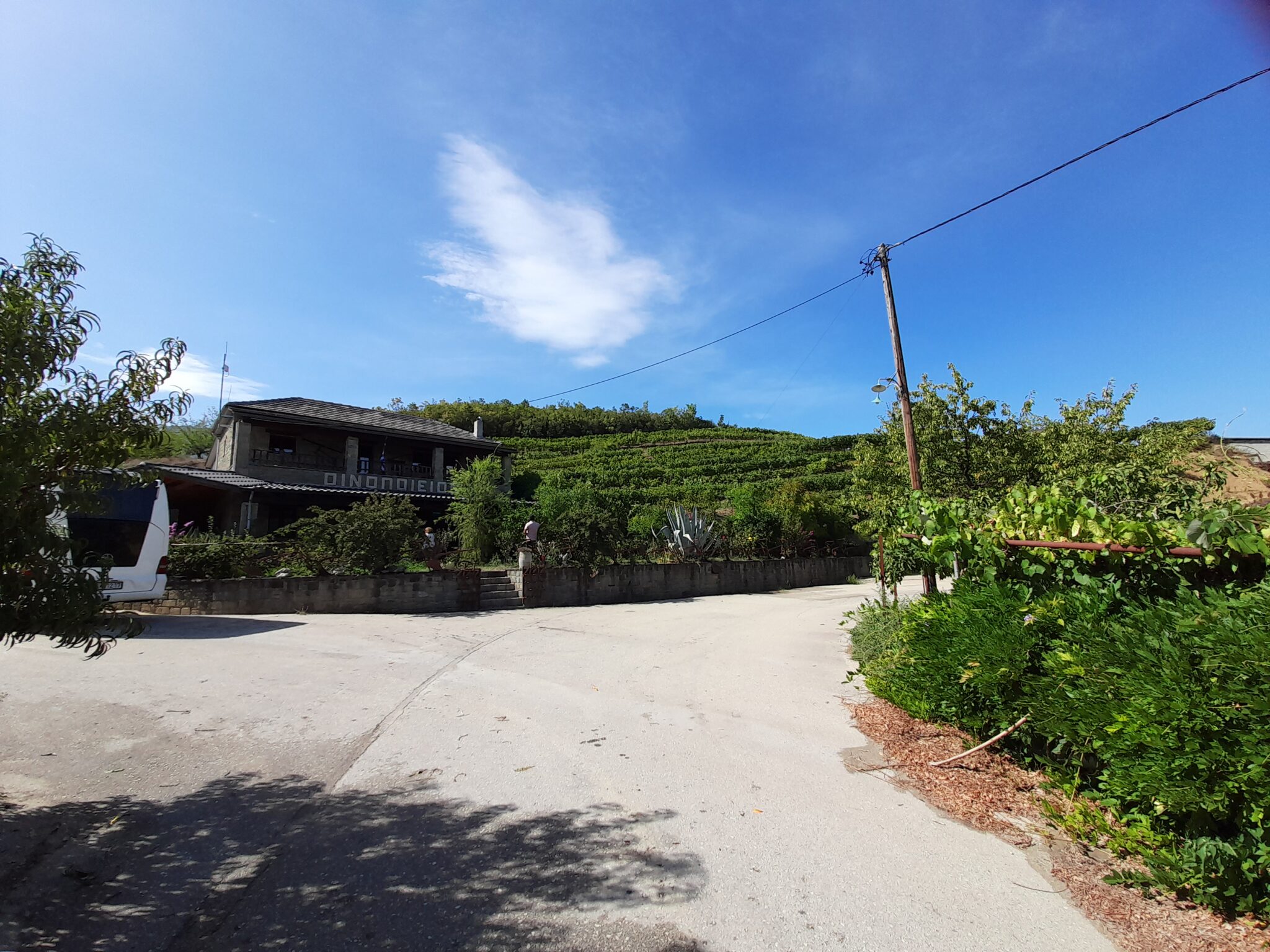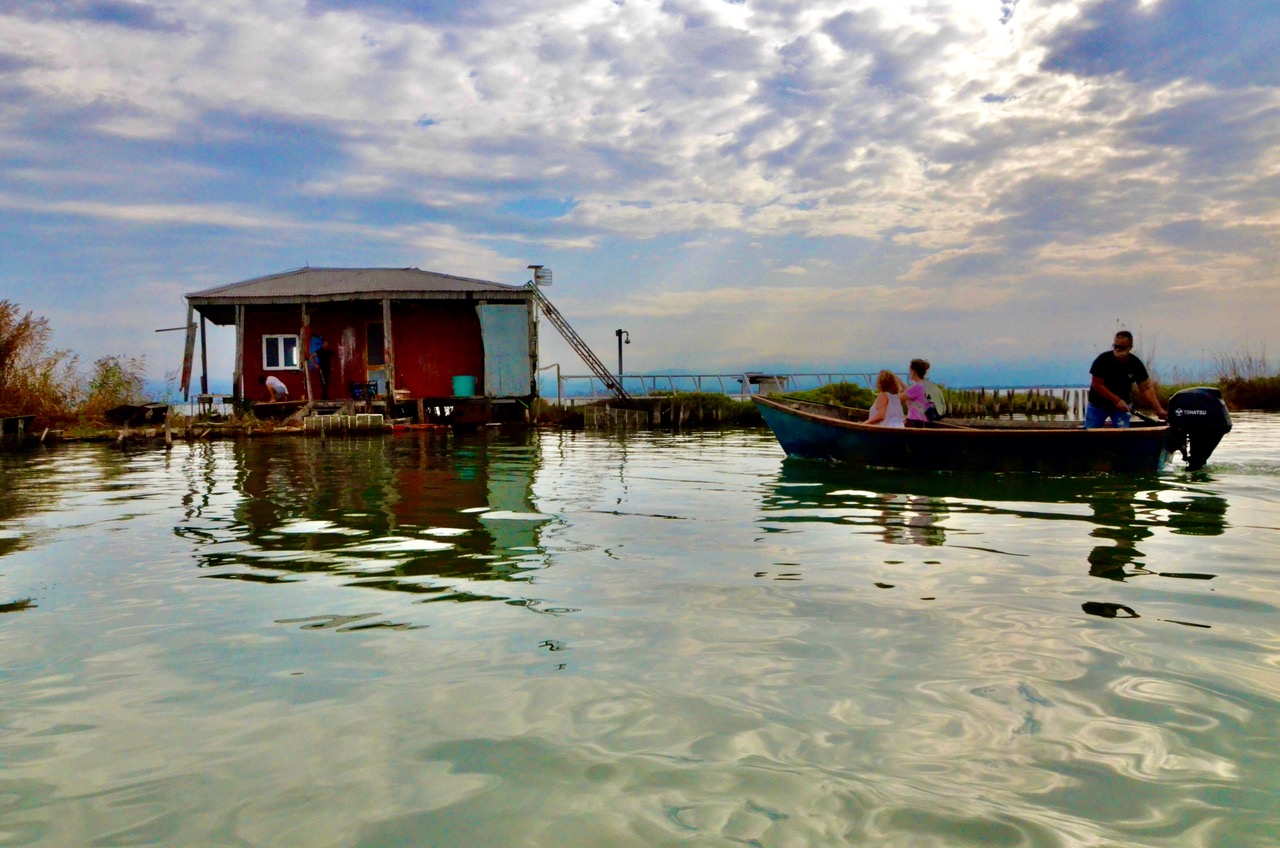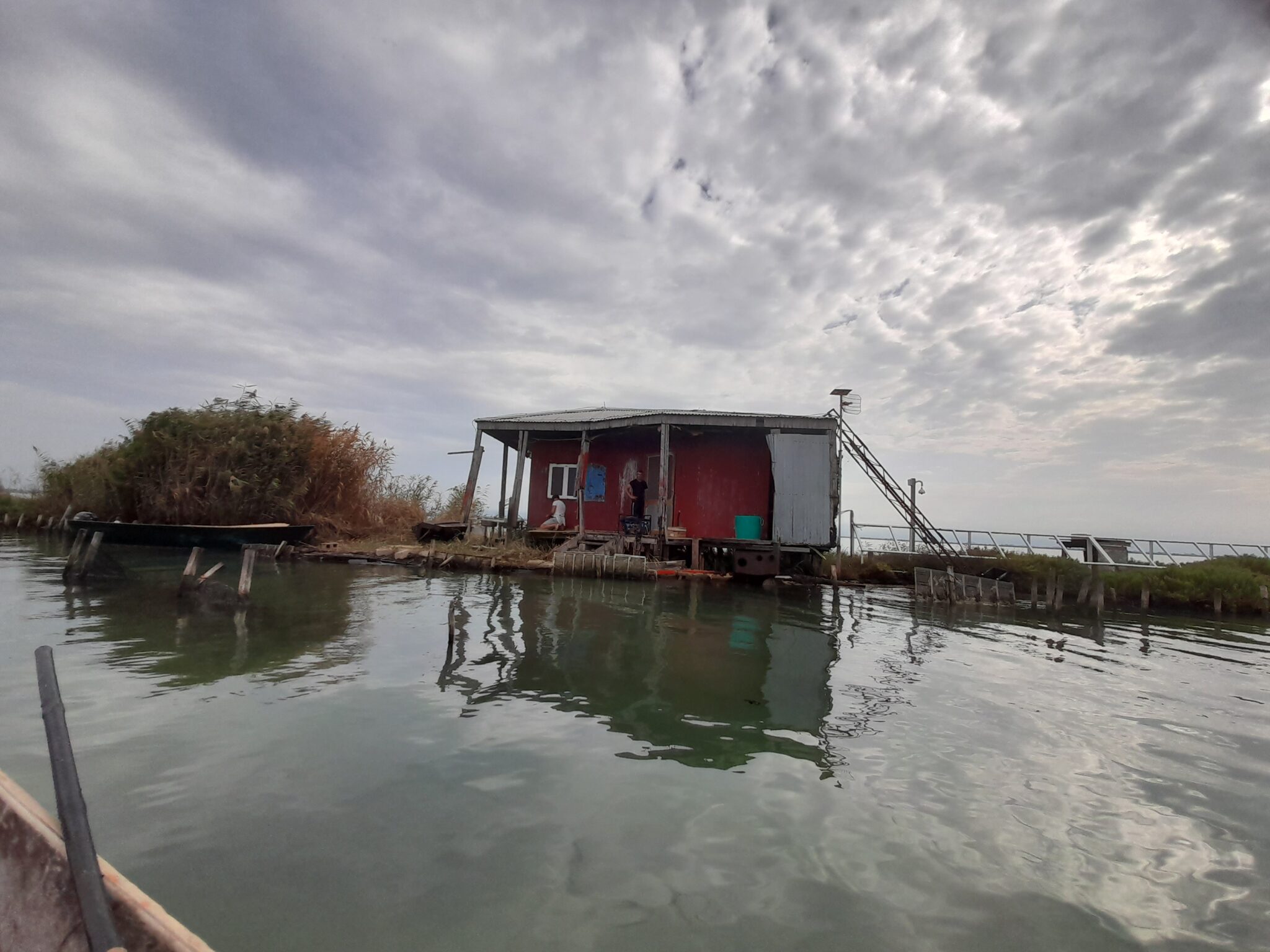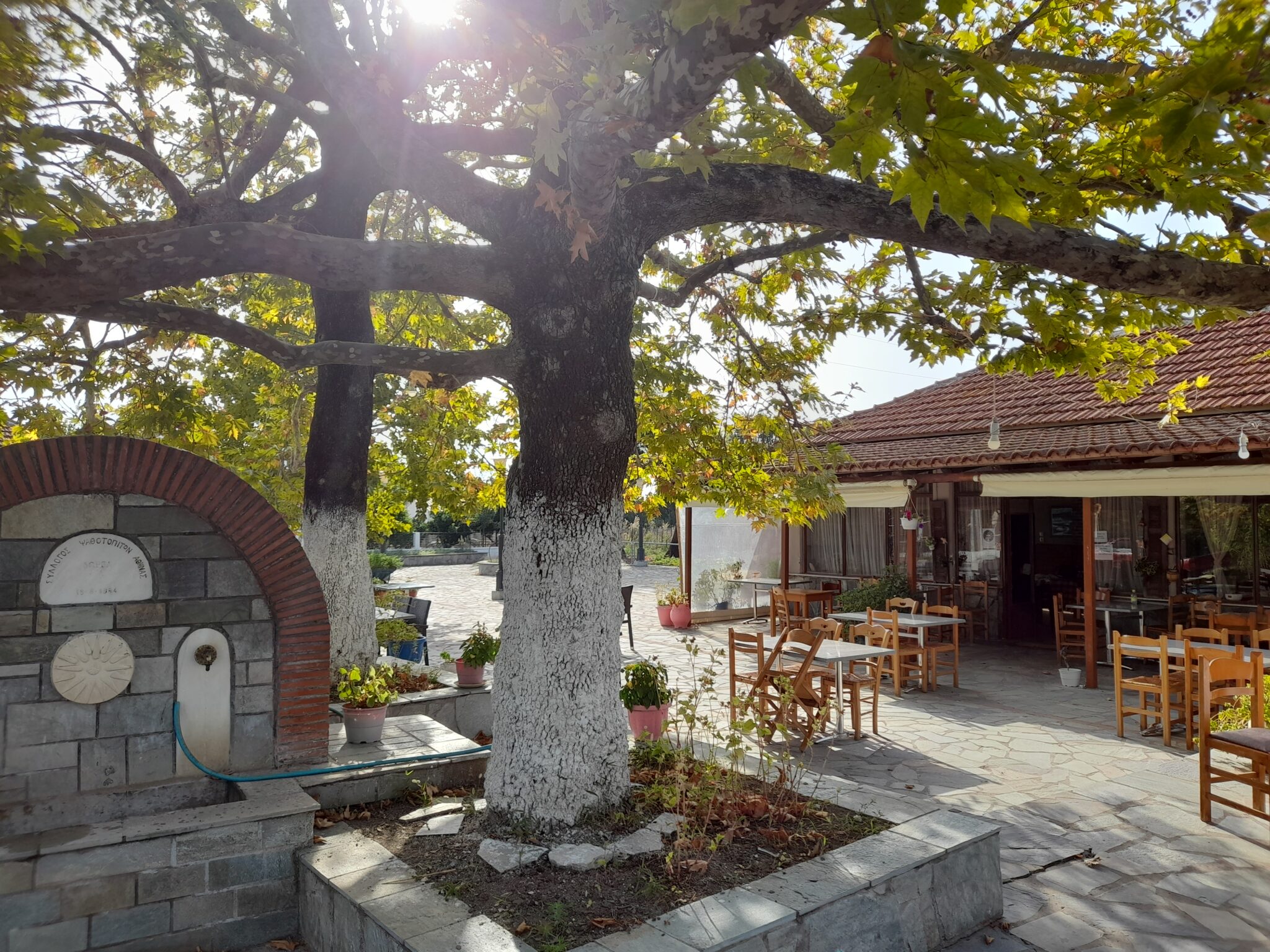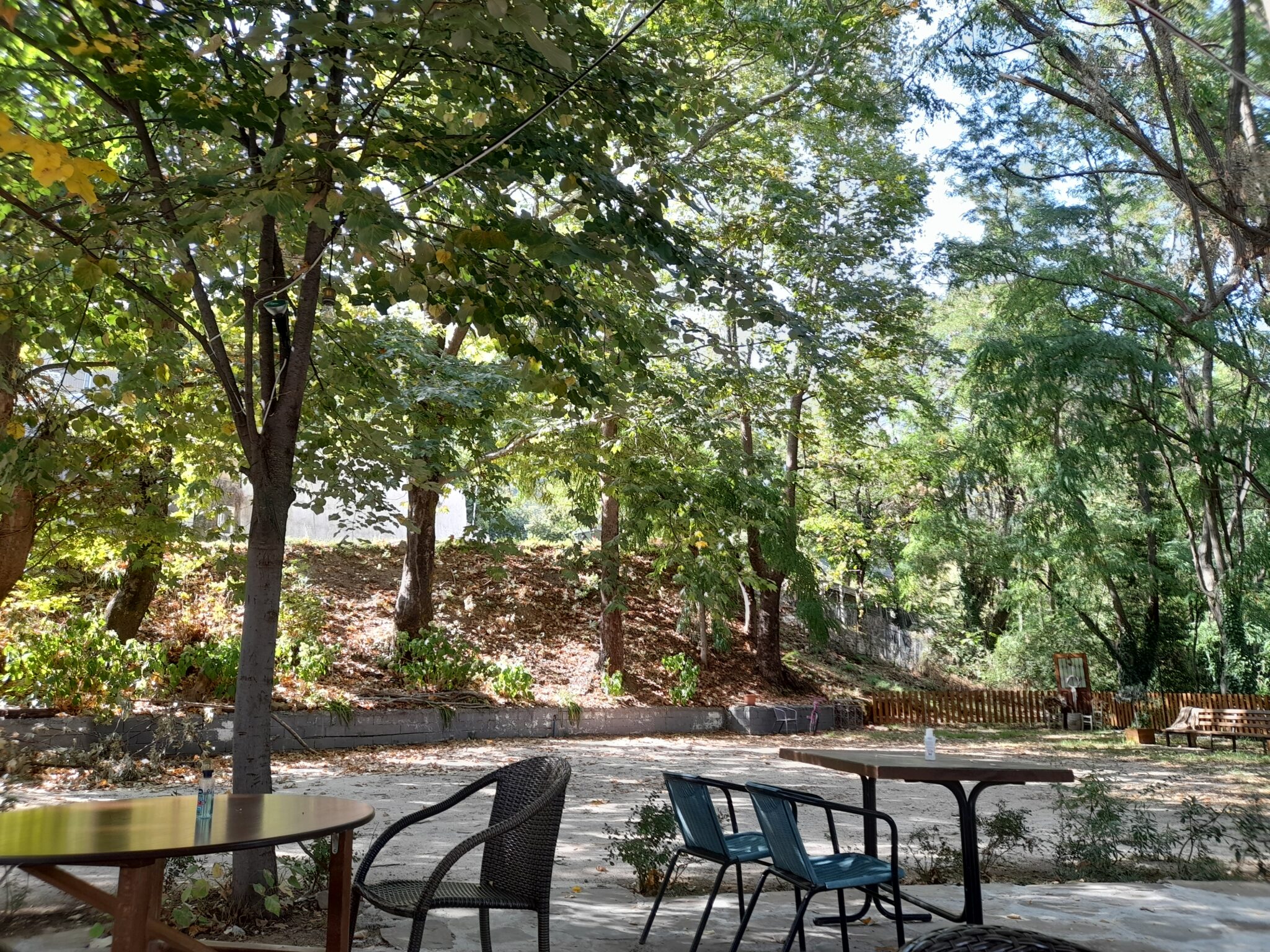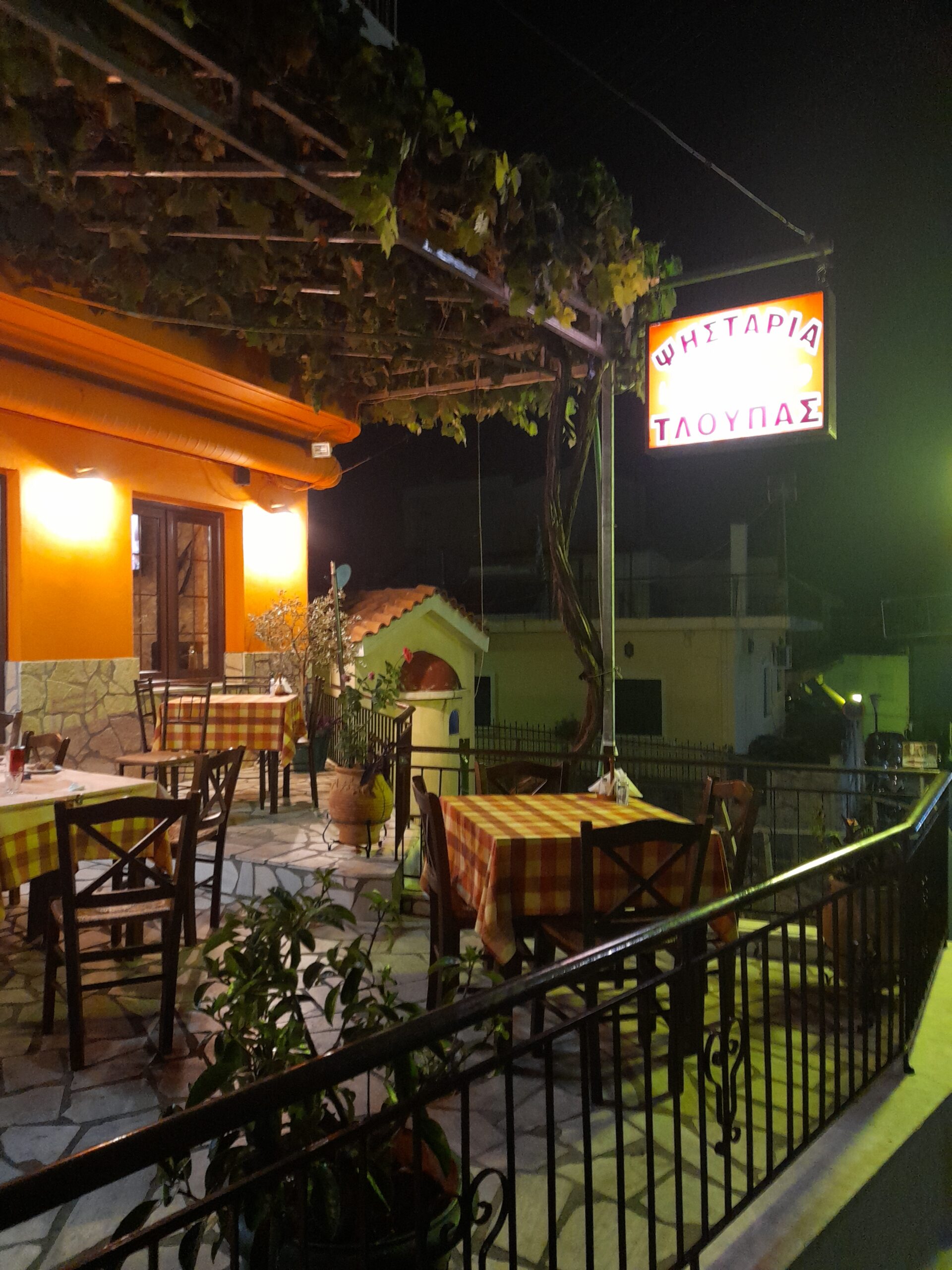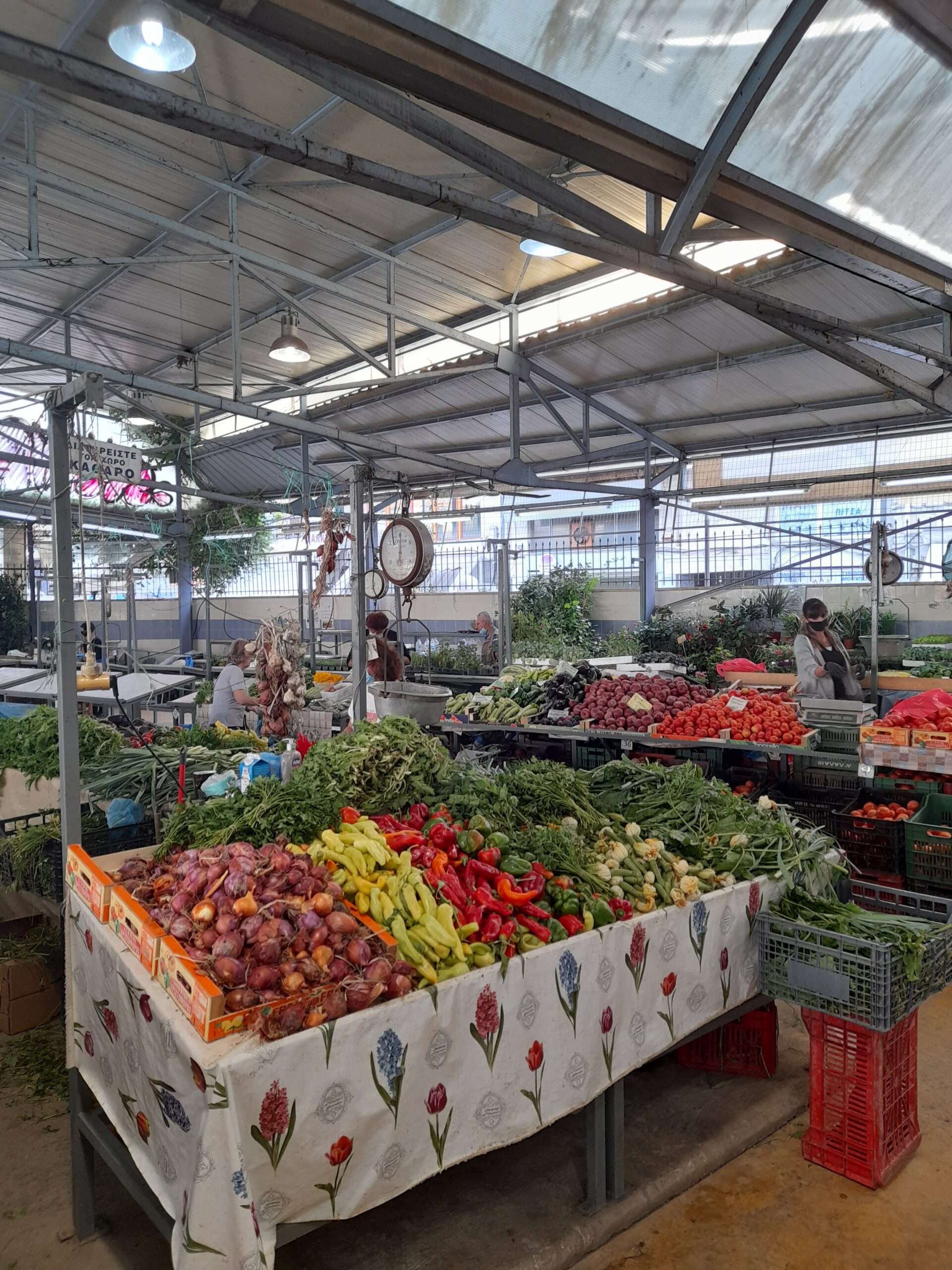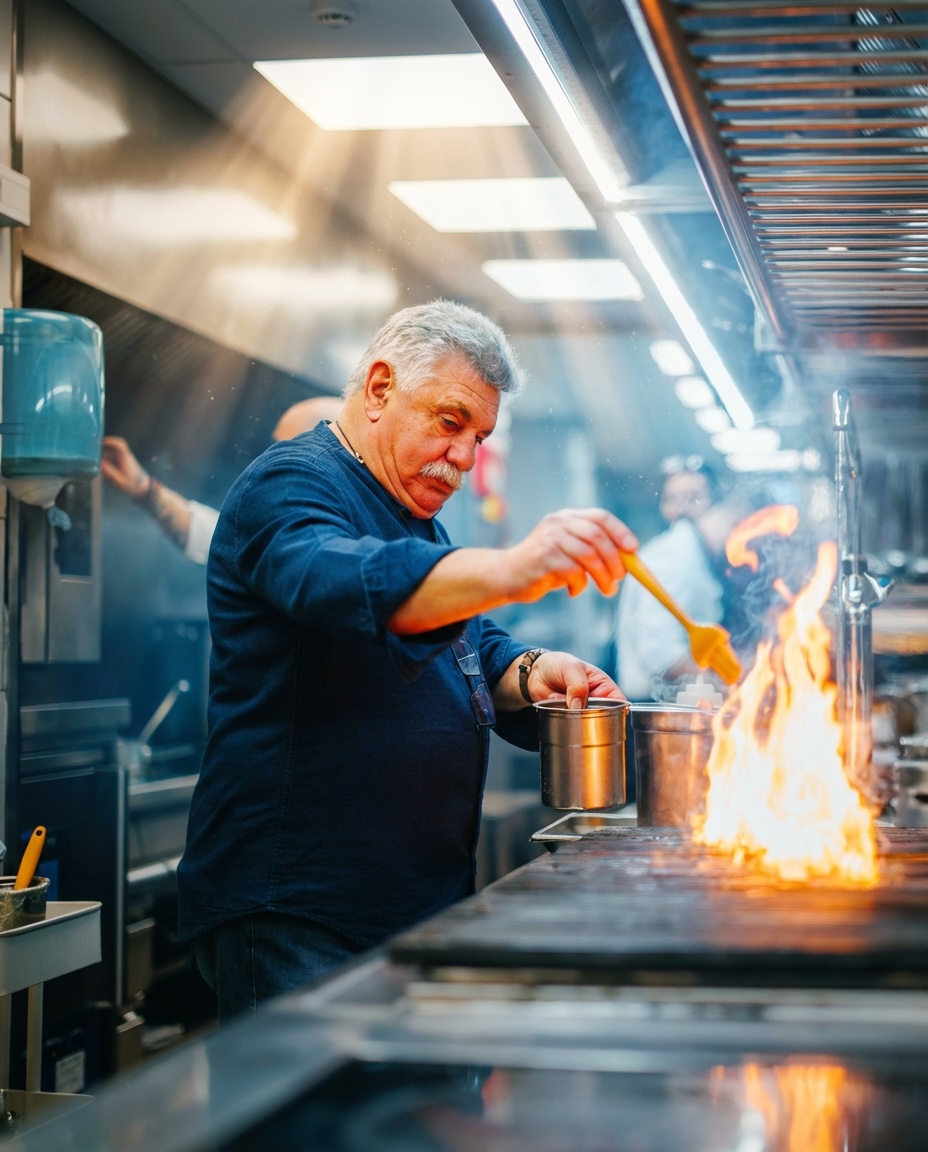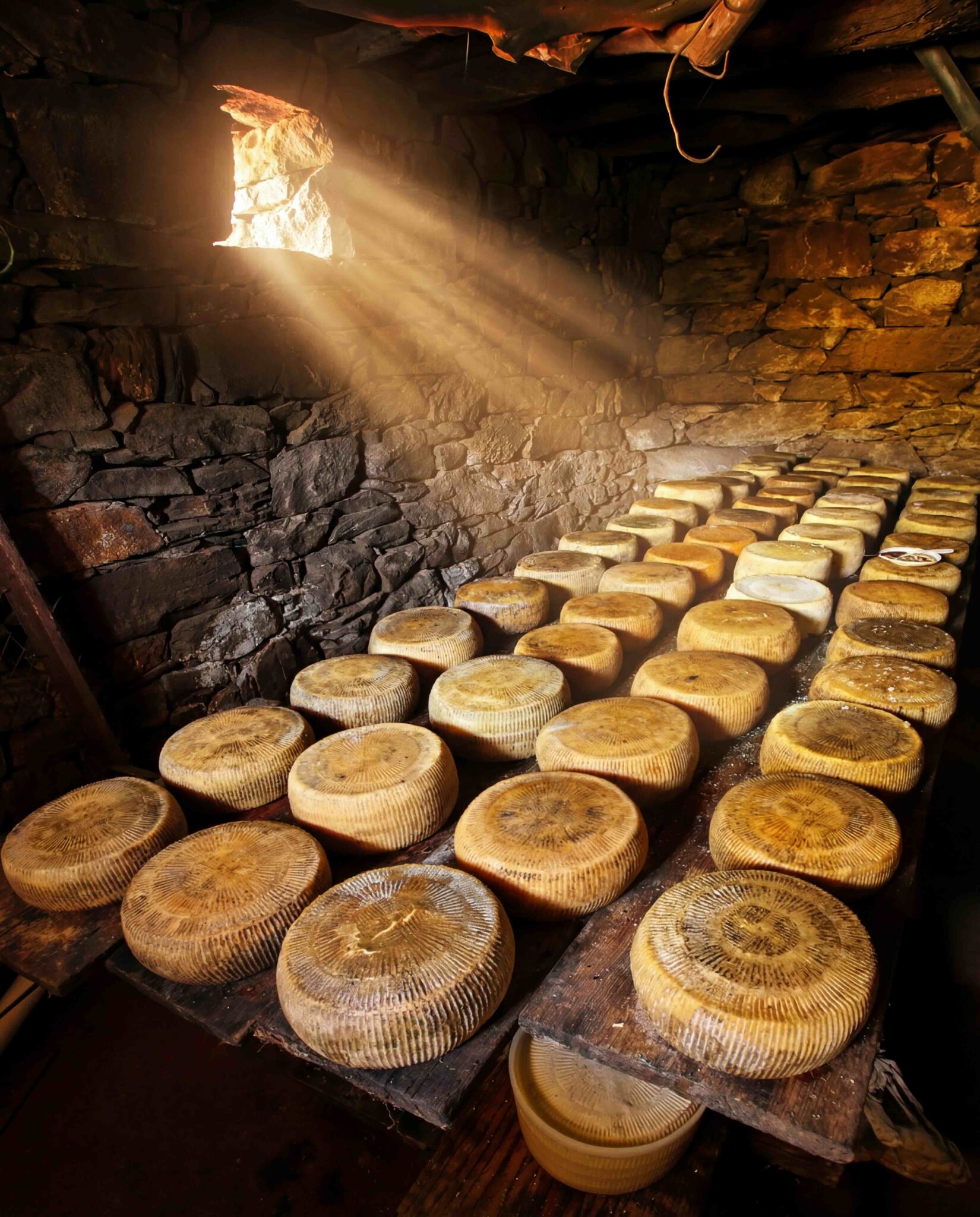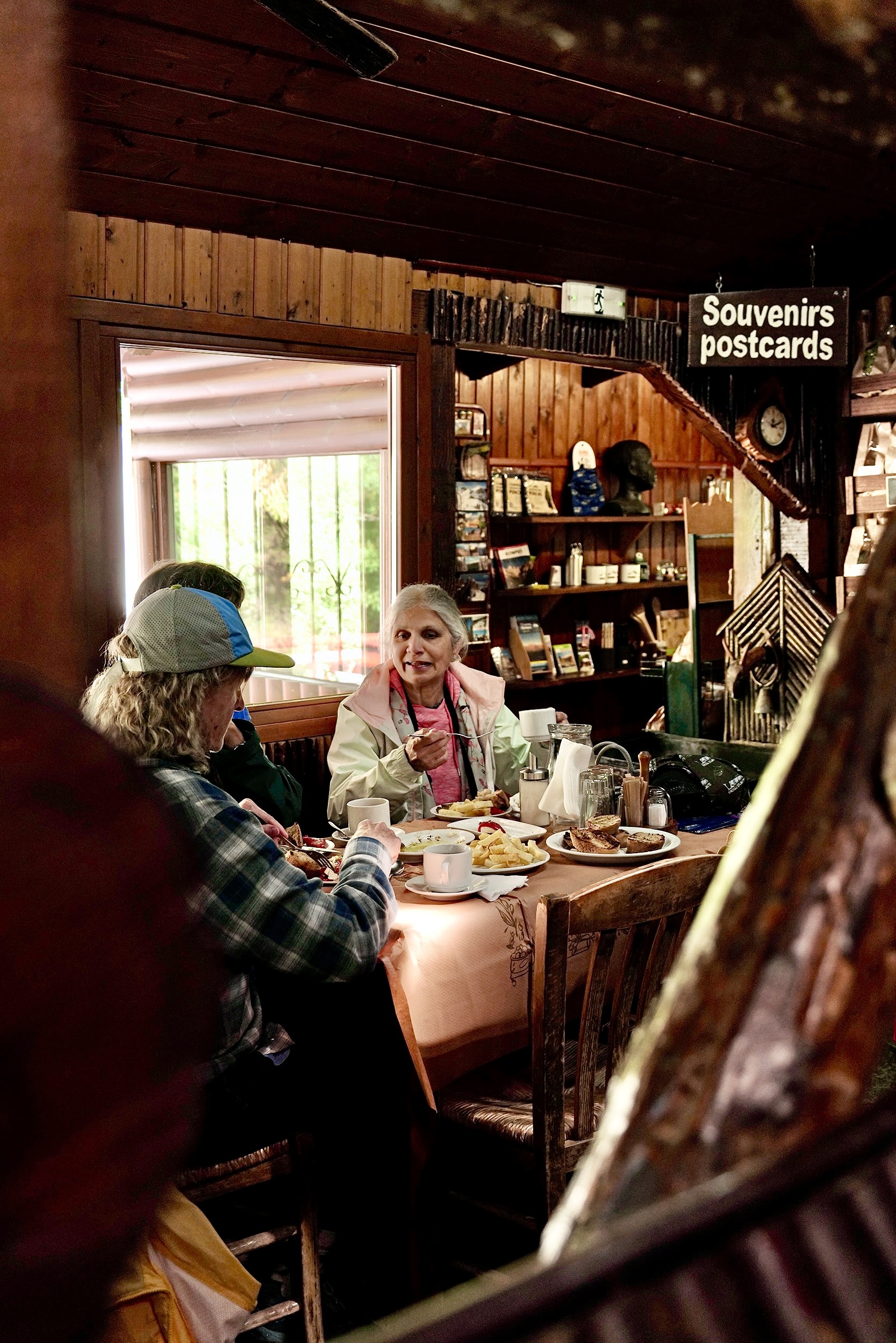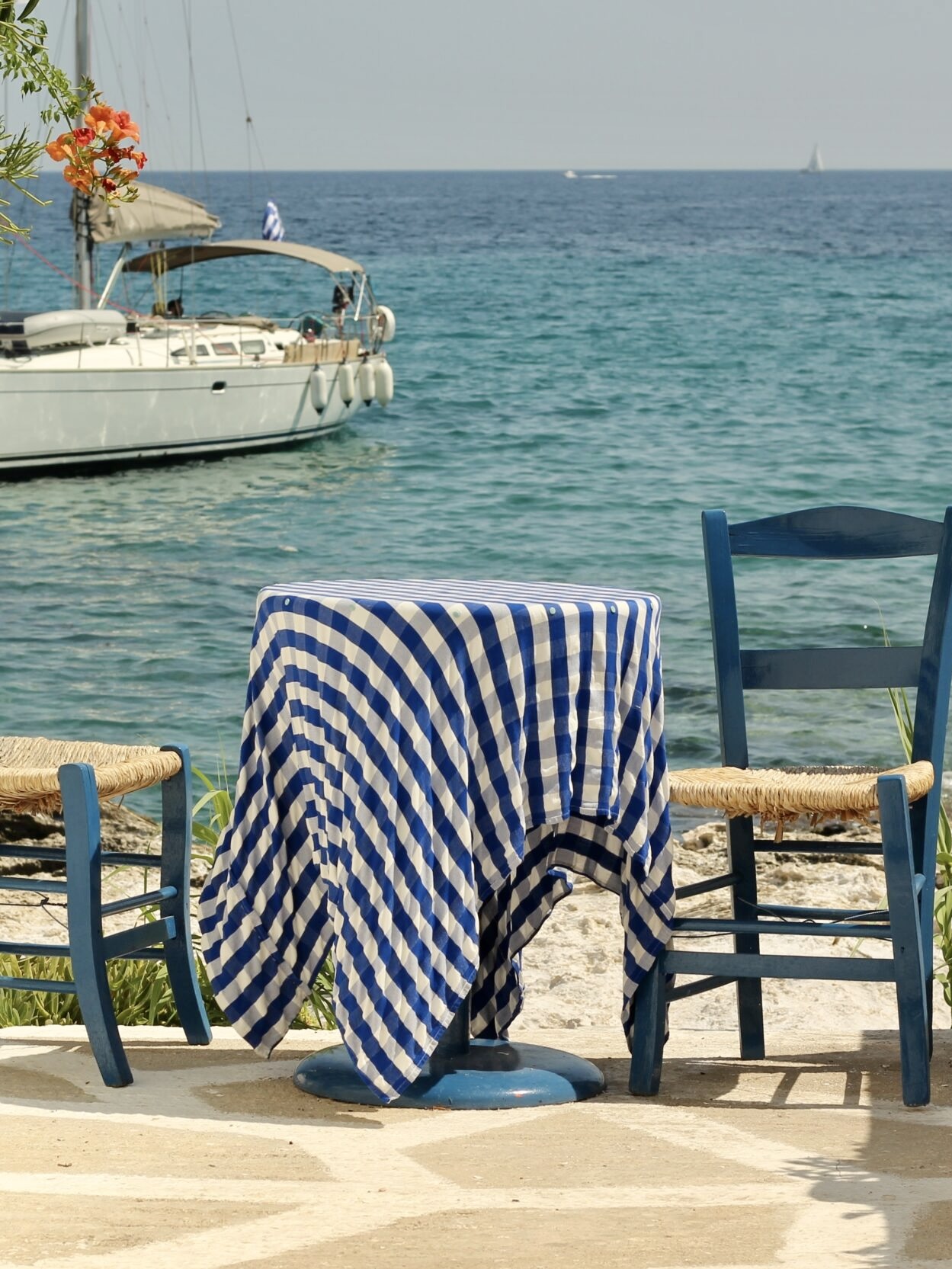What makes a destination stand out apart from the landscape and its history? Well, its gastronomy, its traditional cuisine, the little taverns with the authentic flavours, the great ingredients and the people who have chosen to invest in their hometown creating small gastronomic miracles of great worth.
The municipality of Arta is one of those cases. It has a long history, magical landscapes, and a great gastronomy thanks to its fertile land, the river Arachthos plays a big part in this, its livestock and also thanks to the business acumen of some of the locals. Arta is now part of the “Gastronomic Communities” programme in an effort to promote the local cuisine and products and upgrade its tourist product. The “Gastronomic Communities” programme aims “to link tourism with the gastronomic culture, through the recording of each area’s quality gastronomic offerings, and thus to showcase the area as gastronomic and wine destination” as is mentioned on the programme’s website.
The idea belongs to Giorgos Pittas, the creator of the programme “Greek Breakfast”. As he tells us “travelling all over Greece in order to promote the “Greek Breakfast” programme, I met many people of the gastronomy sector and got to know each area’s food tradition. With all this knowledge, the idea to capitalize on what the country has to offer in a more structured way, and not just regarding breakfast, was pretty obvious,” and he adds, “this job, trying to showcase the gastronomic culture of a place and make it known to a wide audience, requires teamwork, and that’s why we called it “Gastronomic Communities”. You need to bring producers and businesspeople of the hospitality and tourist sector together, so they can engage in conversation and exchange ideas. That’s the biggest challenge, to unite people behind a common goal”. For businesses to participate in the programme they need to meet some criteria, “to have regional flavours, local olive oil and wine, and of course the right presence” Mr Pittas notes. In order for the project to work they organise seminars to guide the sector’s professionals regarding the right local products and the best way to promote them. “The point is to help people realise that gastronomy is a great tool in the promotion of a place as a holiday destination,” he says. At the moment, the programme “Gastronomic Communities” includes 11 areas and is constantly expanding. We chose to visit Arta to experience first-hand how and why programme works.
Which are the businesses that honour local tradition and have already put Arta on the gastronomic map?
V. Geitonas: From the Bermuda to Psathotopi, Arta and from there to Europe.
In a verdant meadow with small rivers and mires, just a few kilometres distance from the Amvrakikos Gulf, in the village Psathotopi, the Geitonas family has been running a vertical eel farming unit since 1985. Vasilis Geitonas, a pioneer for his time, was early to predict that the eels of Amvrakikos are a delicacy with a lot of potential and started breeding and processing them. It wasn’t an easy feat, considering that eels exclusively breed in the Sargasso Sea, somewhere near the Bermudas, and move to Europe and Africa through currents of the Gulf of Mexico. Their entry point is the river estuaries, from there, a part of their spawn is collected and distributed to eel farms. The good things with eels is that they cannot be genetically modified, and that in itself makes it a great food, add to that that it’s rich in vitamin A, B1, B2, B12, D and E and it’s also rich in Omega-3, then it’s an exceptional food, and not just a bite to accompany wine. Nowadays, Mr Vasilis’ son is in charge of the business and has managed to make Greek eels famous in Europe, as the biggest part of their production is exported.
Thesauri: local caviar
Not too far away, in a 330-acre estate, a small wetland, with a river passing right next to it, another innovative unit is making its contribution to Arta becoming known everywhere. The unit in question is Thesauri, the first Greek business producing caviar. The company started breeding eels in 1990, and then expanded to other fish and in 1992 brought back the first sturgeon eggs to Greece from Astrakhan, Russia, to see whether the species could adjust to Greek conditions, a process that took around 6 years. The species they brought back where the exclusively Russian species Acipenser gueldenstaedtii, the Siberian Acipenser baerii and Huso huso that few companies around the world have, and they don’t crossbreed, they keep the species pure. The huge facilities house sturgeons of every size, from tiny fish to 2,5 metre fish that are reared in conditions similar to the ones in nature, with a water flow circuit resembling the open waters, while in order to achieve this they have 28 boreholes. And if you’re wondering what makes caviar so expensive, it’s mainly the time needed for the fish to grow enough and be able to produce the right caviar, mainly in terms of pearl size. For example, Baeri caviar needs 6-8 years to make, Ossetra caviar about 14 years, and Beluga 20 years. In this case too, more than 90% of the production is exported.
Amvrelia: The humble konservolia that people abroad love
Outside the village Grammenitsa, around 7 kms from Arta, Thanasis Kontodimas had a great raw material to begin with and a powerful idea. His family’s relation with olive trees starts in 1960 and he remembers his grandmother curing olives, salting them and preparing them “for the house”. Having a great first ingredient and a sound business plan, in 2016 he created the company Amvrelia, whose name is a wordplay, it derives from the combination of the name of ancient city Amvrakia which used to be in the location of Arta, and elia (olive and olive tree in Greek). The company’s main variety is the Protected Geographical Indication Arta Konservolia. The olives are picked by hand so as to prevent their damage, they are cured naturally 6-7 times, and they mature for a year in airtight barrels with organic oregano, wine vinegar, sea salt and organic lemons, without any chemical processing or the addition of preservatives. The glass jars are not pasteurised to preserve the nutritional ingredients of the olives; however, they use modern methods to ensure the product is safe for consumption. France comes first in the consumption of Amvrelia’s products, while they also export to Germany, the USA and Sweden. Only 5% of the total production is distributed in Greece.
Karalis and Bafas: the Arta cheese
You’ll mainly come across two cheese brands in the area. The Karalis and Bafas cheeses. Both cheesemakers were raised in cheesemaking families, both produce dairy products from Greek, locally sourced milk. The first, of Vlach origin, has great capacity and exports to the USA – since 1982 –, Canada, Australia and many European countries, while the modern facilities in Filothei, Arta, process 120.000 kilos of sheep’s milk. The second, is a smaller scale cheese maker who also produces a wide range of products of great quality.
Gatsios Distillery and Lambrakis Winery: the drinks of Arachthos
You’ll find Gatsios’ tsipouro (traditional pomace raki) almost everywhere in Arta, and with good reason. It’s pleasantly fragrant and very drinkable, it’s single-variety, from Muscat Hamburg grapes, and it’s quite strong. However, they don’t just make tsipouro at the distillery, they also make four different ouzos (traditional anise-flavoured aperitif), brandy and various liquors. Their story starts in Constantinople, where the first Gatsios learned the secrets of herbs. In 1878, when he returned to Sirrako he opened his first distillery, while in 2007 they get modern facilities on the banks of Arachthos river. The Lambrakis Winery, in Kounies Ramias, on the other hand, may not have a long history but it has a great passion for and dedication to wine making. They opened in 2009, with a beautiful stone-built winery overlooking the Tzoumerka mountains next to the small family vineyard, that they grew with the years, planting, in addition to Greek varieties, Cabernet, Syrah, Merlot etc. Their capacity is of about 30 tonnes of wine per year and the wines they create are white from Malagouzia and Moschoudi, red from Merlot and Syrah, and a semi-sweet wine from a local variety. Winemaking in a mountainous area is challenging but if you’re persistent you’ll find a way.
Koronisia Fishing Cooperative: the ivaria of Logarou
The Logarou lagoon, that borders with the Amvrakikos Gulf, is located about half an hour from Arta, in Koronisia, and is a beautiful wetland with pelicans, flamingos, wild ducks, herons etc and also an area rich in fishery products. The ivaria are an age-old way of fish farming. The fishermen used to make dense fences, using the area’s reeds, trapping the fish spawn that, as they grew bigger, couldn’t escape. However, they were fed naturally in the lagoon, something that made the fish particularly tasty. The Koronisia Fishing Cooperative uses same method, in more modern facilities, mainly breeding gilthead breams (around 70% of the total production), various cephaloids, sea bass and eels. Almost every ivari has a small house were the 30 members of the cooperative in turns, live for a few days to take care of the fish.
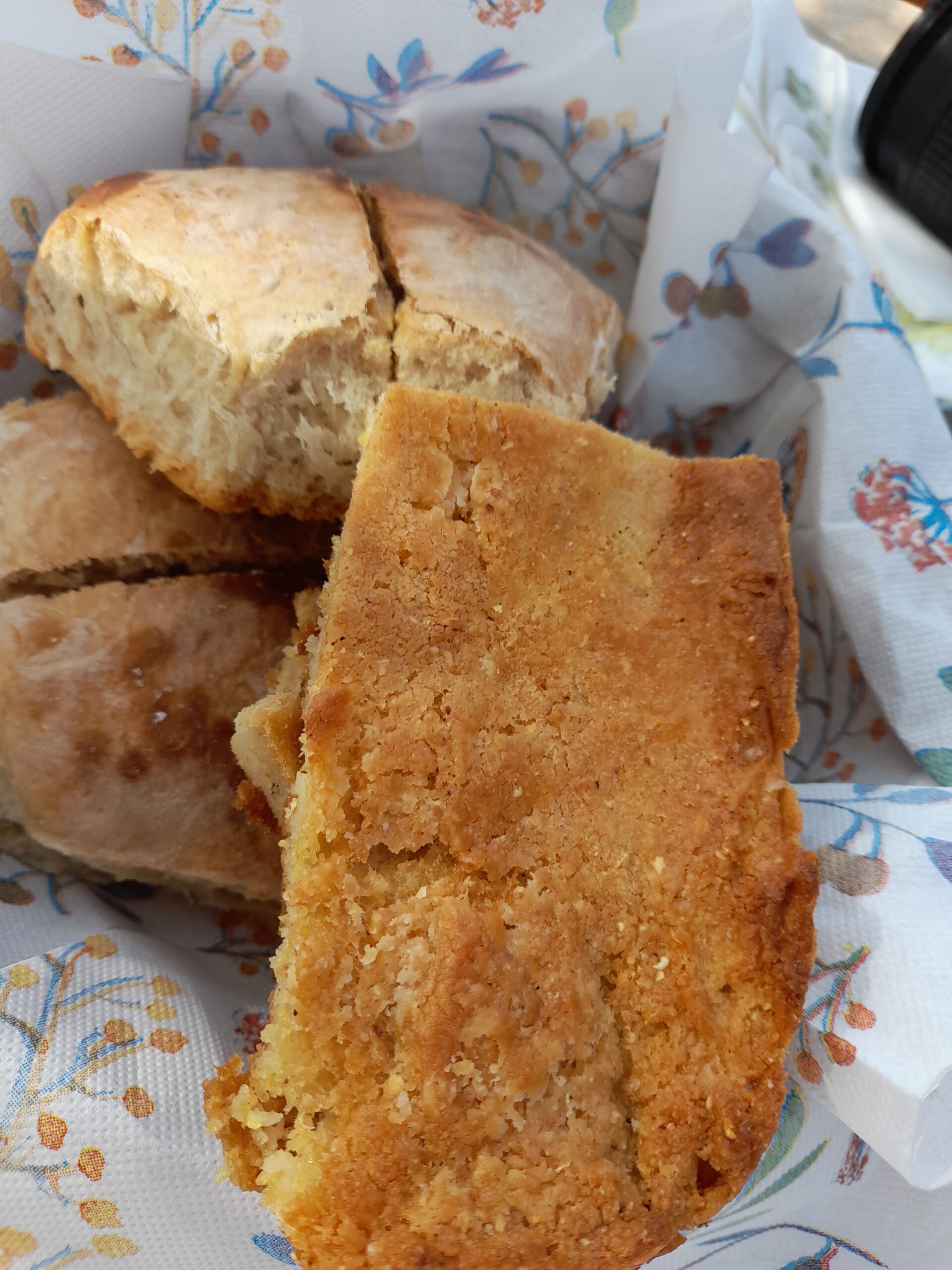
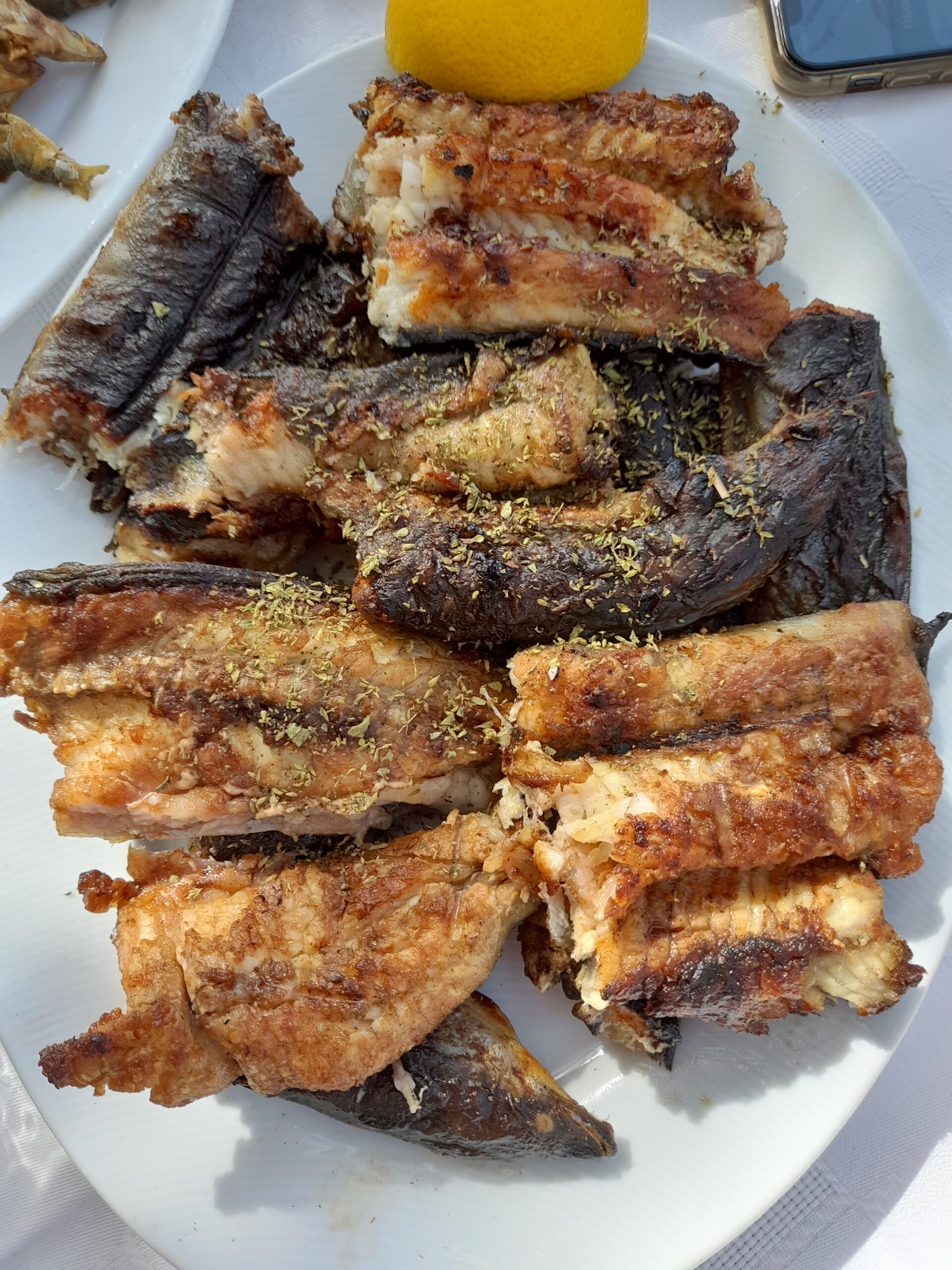
The flavours: taverns and local businesses that maintain tradition
During our trip around Arta we discovered rare delicacies, we tried clean flavours and we appreciated, once again, the glory of simplicity and of great ingredients. In the tavern “Folia tou Kinigou” or “Rania’s” as it’s known by the locals, in the small village Psathotopi we ate the fragrant, crunchy corn bread and the fluffy wheat bread prepared by Rania and her mother, offered generously in small baskets; the well-fried papalinas (small sardines) are the best appetizer before the coal grilled eel, buttery, juicy and meaty. It’s taste was a revelation. The small squid in oregano oil was soft and pleasantly lemony, the petali mullet was also great, while the fresh Greek salad with the generous serving of olive oil was ideal for dipping the bread. We drank Gatsios tsipouro from fragrant Muscat Hamburg grapes and, before we left, we were treated with homemade spoon sweets (traditional sweet preserves). The setting is equally simple, a large stone cobbled garden with two huge plane trees, the old stone-built school on the right and a stone fountain with cool running water. This was our lunch, while for dinner we went to “Karnagio”, in Arta, to continue eating fish, with a salad with smoked eels, shrimp saganaki (traditional way of preparing a dish in a small frying pan using tomato sauce -often spicy- and cheese -usually feta-) with shrimp from Amvrakikos, steamed mussels and many more.
The following day was dedicated to meat, we had lunch at Pistiana, a small village amphitheatrically built among the trees, in the Xirovouni area, at Mrs Sofia’s tavern in a small shaded plateau with tall plane trees and the company of squirrels. The first dish to come to our table was kosmiti, a fluffy dough prepared with water, flour, milk and feta, warm and savoury that smelled of Epirus. Next, two skewers arrived on wooden boards, one pork one sheep, while the next dish was honeyed wild boar with plums and apricots. For dessert we were offered a juicy orange pie – Arta may not have a tradition in this type of desserts, but it has a lot of oranges – and chestnut ice cream with chestnut preserve pieces – as there is an abundance of chestnut trees in the area, as well as of milk. For dinner we went to the small tavern “Tloupa” in the Ano Poli neighbourhood of Arta, and had sheep and pork skewers, both of them delicious and juicy, a lovely kokoretsi (traditional dish with intestines wrapped around offal), crunchy on the outside and juicy inside, fresh French fries, cut by hand, and nicely grilled lamb chops. We could go on forever, mentioning all the amazing food we tried, like the perfect hilopites pasta with chicken in tomato sauce and the exceptional galotiri cheese at “19 Grada” in Arta, as well as the Epirus pies at Papadiotis on Skoufa street. Arta is so much more than the famous Arta bridge.
The difficult project
The above are only a few examples that can make Arta a gastronomic destination, a place where you can try pure, unique and traditional flavours. It’s a place with the potential to stand out, however the hard part is to bring producers and businesspeople together, as Mr Pittas says “Arta’s area, in terms of ingredients is exceptionally privileged. It combines sea and mountain, strong dairies, it produces caviar, it has one of the best eel farm units, it has livestock units, as well as agriculture, with top quality kiwis, the area also produces citrus fruit,” and he adds “the municipality of Arta took the initiative to include Arta in the programme “Gastronomic Communities”, in an effort to give the area the first push to develop in the sector of tourism and gastronomy, and it has great potential to make a difference. They need to broaden their outreach in a structured way, and they start with us, with gastronomy, and this is an optimistic first step”
Discover the wealth of Arta’s local cuisine and gastronomy at greekgastronomyguide.gr



